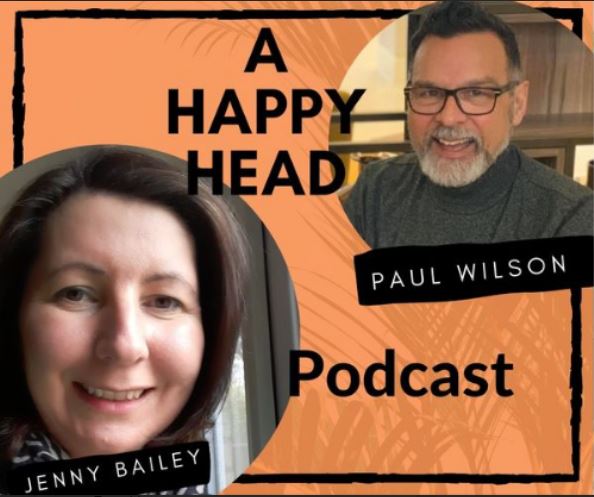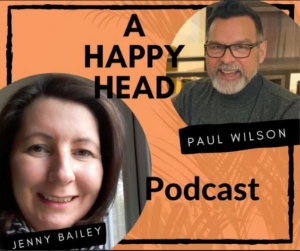Julie Paillaugue, Environmental Scientist focused on Climate Change/Holistic Resilience and Adaptation Actor/Nature Enthusiast. Connect with her on LinkedIn.
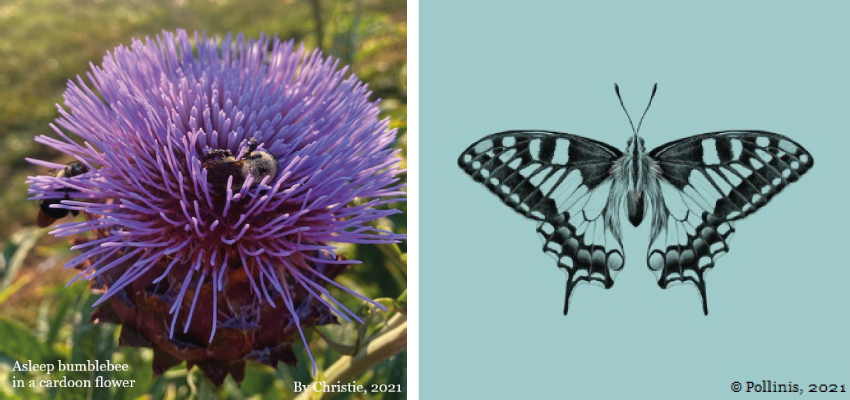
Have you ever wondered how can one have children without thinking about the future, not only from a self-centric point of view, but also from a global community perspective? ‘Community’ here put humans back into the biodiversity context: “man is a part of nature, and his war against nature is inevitably a war against himself.” said Rachel Carson1.
It was when talking with a colleague about my international degree that I realized quite a few of my peers (including me) ended up with depression and needed a break from studies. ‘The major’, you’ll ask? Climate change. Under all its angles. Scientific mainly, but also political, legal, economic. Yet, an essential part was missing. A tribute to all the positive enterprises, the actions that proved their worth, the ambitious people and their creativity, working to reduce impacts, preserve biodiversity, restore the soils and so on, at their scale, for a Butterfly Effect. The display of hope was lacking. Even if the drastic changing climate and its effects are well en route, the initiatives to help and promote pollinators conservation are flourishing. We just don’t hear about them as much as we should. Not profitable enough for media, I guess.
Maybe you are scratching the back of your head, wondering how exactly climate change is affecting pollinators survival rate, and thus human’s food safety? Preferred habitats of numerous bumblebees appear to be the most vulnerable to climate change impacts, notably in colder climates such as in high mountains and arctic environments1. Higher temperatures, extended drought periods and the difficulty for pollinators to cope with recurrent extreme weather events is leading to a decrease of their habitats availability and is likely to diminish even more their population2, 3, 4.
Higher temperatures also mean higher susceptibility of getting diseases and parasites for bees, generating colony collapse5. The growing unpredictability of seasonal changes is another threatening factor for pollinators, as the moment when flowers are producing pollen and the moment when pollinators are ready to feed on them may not be synchronized anymore3, 5.
Climate change may be hardly scalable and reachable for children and adults, as far as the leverage of our individual actions. Yet, the Butterfly Effect has taught us the incredible possibilities of small initiatives. Higher public awareness about the importance of pollinators biodiversity has triggered a higher citizens engagement in local conservation initiatives in several European countries6. Such trends then fuel more inclination for organic agriculture practices, pesticide-free green areas management, collaborations between NGOs and businesses to fund wild pollinator projects, more pollinator-friendly habitats created and restored in urban, rural areas and national, regional parks. Simple actions such as planting pollinators-friendly corridors7 or even small green areas, leaving wild parts of our yard8 (no more long Saturday afternoons on the lawnmower burning fuel, yay!), planting native vegetation9, saving their seeds for next year and sharing them with the neighbors, can make a significant difference. 1 + 1 + 1 + … + 1 = infinity (∞). I believe in changing minds by ‘showing the example’, no heated debate needed. Our actions and passions, as citizen, parent, friend, often carry more weight and influence than any word could.
Finally, no matter the age, the outdoor nurtures healing, but also creativity, problem-solving, observational and listening skills (oh how crucial in our communication-deficient society), to name a few. Helping biodiversity means reconnecting with Nature, and thus reconnecting with our deepest nature.
References
- Carson, R., 1962. Silent Spring. 1st ed. New York: Houghton Mifflin Company.
- Nieto, A., Roberts, S.P.M., Kemp, J., Rasmont, P., Kuhlmann, M., García Criado, M., Biesmeijer, J.C., Bogusch, P., Dathe, H.H., De la Rúa, P., De Meulemeester, T., Dehon, M., Dewulf, A., Ortiz-Sánchez, F.J., Lhomme, P., Pauly, A., Potts, S.G., Praz, C., Quaranta, M., Radchenko, V.G., Scheuchl, E., Smit, J., Straka, J., Terzo, M., Tomozii, B., Window, J. and Michez, D. 2014. European Red List of bees. Luxembourg: Publication Office of the European Union.
- Jackson, L., 2019. East of England Bee Report: A report on the status of threatened bees in the region with recommendations for conservation action. Buglife – The Invertebrate Conservation Trust, Peterborough. [online] WWF. Available at: https://www.wwf.org.uk/updates/bees-feel-sting-climate-change [Accessed 1 September 2021].
- Roberts, S.P.M., Potts, S.G., Biesmeijer, K., Kuhlmann, M., Kunin, B., Ohlemüller, R., 2011. Assessing continental scale risks for generalist and specialist pollinating bee species under climate change. BioRisk 6, pp.1–18. http://dx.doi.org/10.3897/biorisk.6.1325
- Duran, L., 2017. The buzz on climate change: It’s bad for bees. [online] Available at: https://www.conservation.org/blog/the-buzz-on-climate-change-its-bad-for-bees/ [Accessed 1 September 2021]
- Underwood, E., Darwin, G. and Gerritsen, E., 2017. Pollinator initiatives in EU Member States: Success factors and gaps. Report for European Commission under contract for provision of technical support related to Target 2 of the EU Biodiversity Strategy to 2020 – maintaining and restoring ecosystems and their services ENV.B.2/SER/2016/0018. Institute for European Environmental Policy, Brussels.
- Open Access Government, 2020. Eight conservation success stories of 2020. [online] Available at: https://www.openaccessgovernment.org/nine-conservation-success-stories-2020/91477/ [Accessed 10 September 2021]
- Singelis, P., 2021. Here’s how you can help save bees and other pollinators. [online] Available at: https://abcnews.go.com/US/save-bees-pollinators/story?id=76564624 [Accessed 10 September 2021]
- WWF, 2021. 5 tips on how to transform your garden into a wildlife haven. [online] Available at: https://www.wwf.org.uk/updates/5-tips-how-transform-your-garden-wildlife-haven [Accessed 10 September 2021]
Green reads and activities for you & your children
Michael J. Caduto and Joseph Bruchac, 1997. The Keepers of the Earth series:
• Keepers of the Earth: Native American Stories and Environmental Activities for Children
• Keepers of Life: Discovering Plants through Native American Stories and Earth Activities for Children
• Keepers of the Animals: Native American Stories and Wildlife Activities for Children
Tristan Gooley, 2015. The Lost Art of Reading Nature’s Signs: Use Outdoor Clues to Find Your Way, Predict the Weather, Locate Water, Track Animals―and Other Forgotten Skills.
Angela J. Hanscom, 2016. Balanced and Barefoot: How Unrestricted Outdoor Play Makes for Strong, Confident, and Capable Children. 1st ed. Oakland: New Harbinger Publications.
Richard Louv, 2008. Last Child in the Woods, Saving Our Children from Nature-Deficit Disorder. 2nd ed. New York: Workman Publishing Company, Inc.
Linda Åkeson McGurk, 2018. There’s No Such Thing as Bad Weather: A Scandinavian Mom’s Secrets for Raising Healthy, Resilient, and Confident Kids (from Friluftsliv to Hygge). 1st ed. New York: Touchstone.
Suzanne Simard. How trees talk to each other. TEDSummit, 2016, https://www.ted.com/talks/suzanne_simard_how_trees_talk_to_each_other?language=en
Peter Wohlleben, 2016. The Hidden Life of Trees: What They Feel, How They Communicate – Discoveries from A Secret World. 8th ed. Vancouver: Greystone Books.
To go further
Moore, Robin C, 1997. The Need for Nature: A Childhood Right. Social Justice, vol. 24, no. 3 (69), pp. 203-220. Available through: JSTOR website https://www.jstor.org/stable/29767032 [Accessed 25 August 2021]
Taylor, A.F., Kuo, M., Sullivan, W.C., 2001. Coping with ADD. The Surprising Connection to Green Play Settings. Environment and Behavior, 33(1), pp.54-77. Available through: ResearchGate website https://www.researchgate.net/publication/249624329_Coping_with_ADD_The_Surprising_Connection_to_Green_Play_Settings [Accessed 25 August 2021]
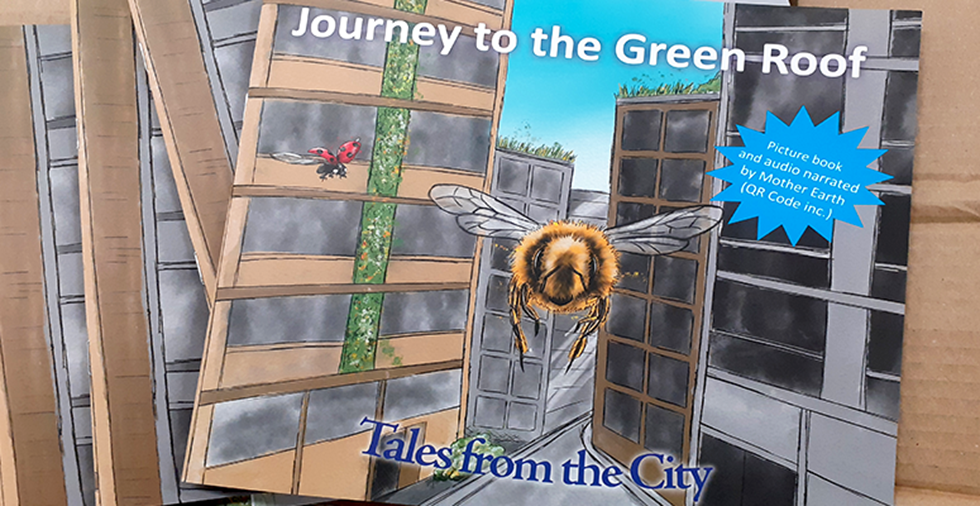

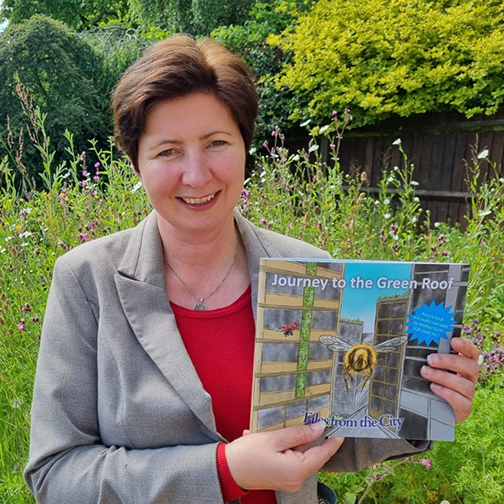
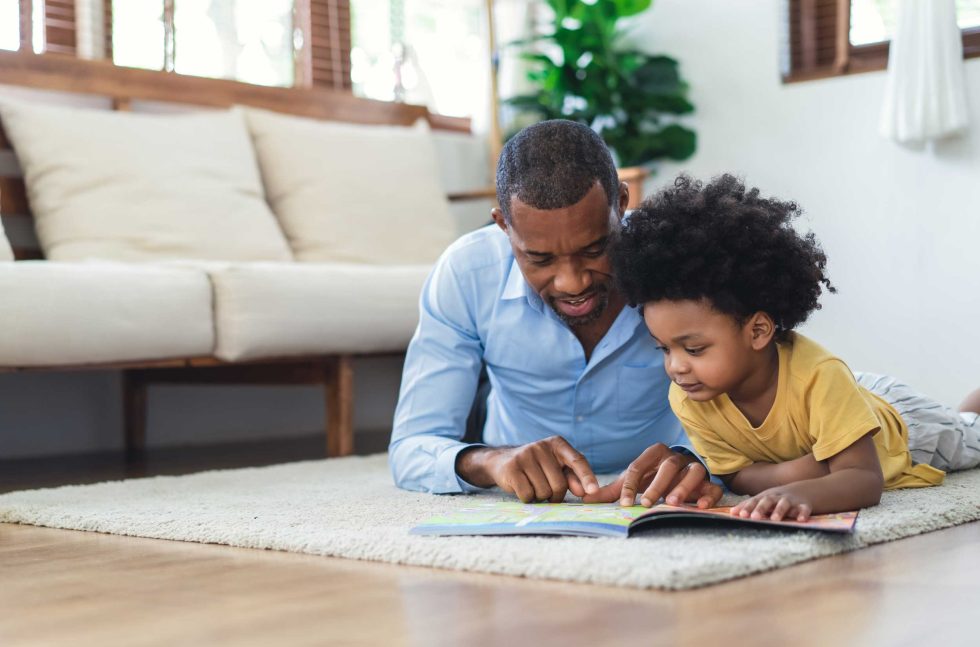

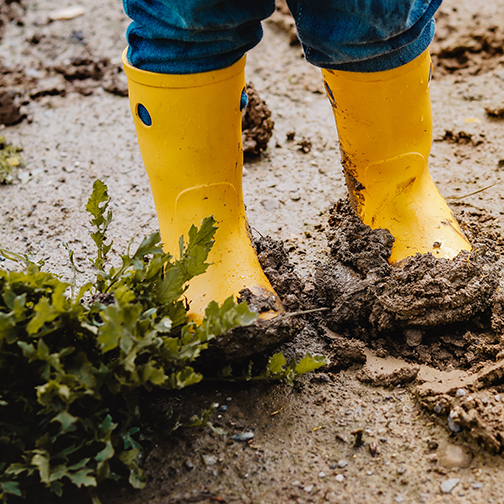
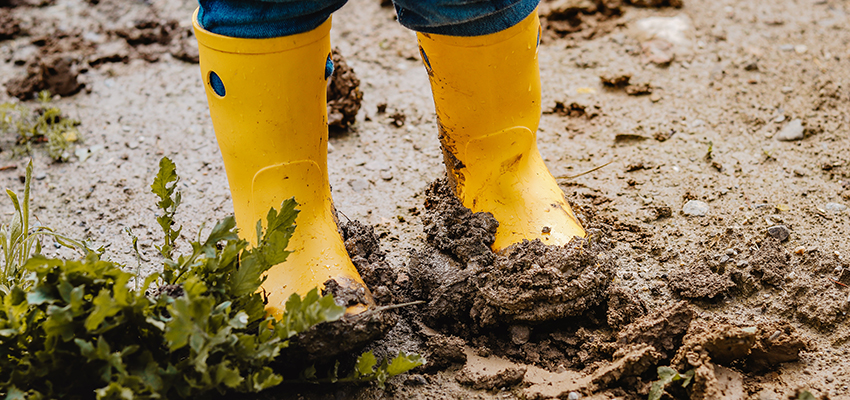


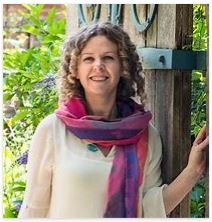


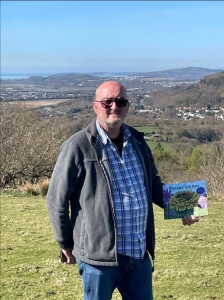
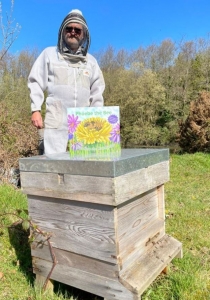 Photo opportunities taken, I discovered that bees don’t much care to have their pictures taken, so no luck there. I then rotated the disc on the front of the nuke to open the entrance allowing the bees to escape, stepping back briskly in case some of them were still looking for vengeance.
Photo opportunities taken, I discovered that bees don’t much care to have their pictures taken, so no luck there. I then rotated the disc on the front of the nuke to open the entrance allowing the bees to escape, stepping back briskly in case some of them were still looking for vengeance.